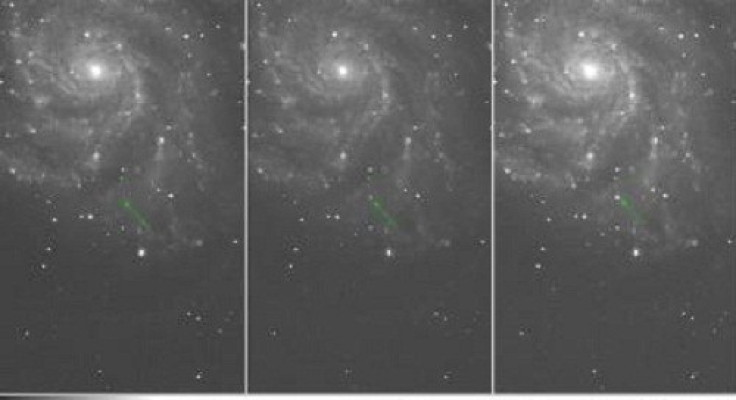Brightest Supernova in 40 Years Discovered by Astronomers

The supernova created by a star collapsing 21 million light years away began Tuesday. We may be able to see the astronomical event using binoculars soon.
The event was observed by Oxford Scientists and is one of the closest explosions to our planet since 1987.
The type 1a supernova, an explosion of a star followed by its sucking up energy from another star and becoming reborn, was seen in the Pinwheel Galaxy in the Great Bear constellation.
This specific type of supernovae enables scientists to measure the size and age of the universe. This, needless to say, is making scientists everywhere really excited.
According to The Telegraph, NASA reported that it will study this otherworldly phenomenon beginning on Saturday.
The supernova is expected to burn with the brightness of more than a billion Suns.
The best time to see this exploding star will be just after evening twilight in the Northern hemisphere in a week or so's time ... You'll need dark skies and a good pair of binoculars, although a small telescope would be even better, team leader Dr. Mark Sullivan said.
On Tuesday, it wasn't there. Then, on Wednesday, boom! There it was -caught within hours of the explosion. As soon as I saw the discovery image I knew we were onto something big, Prof Andy Howell of the University of California Santa Barbara told the Telegraph.
© Copyright IBTimes 2024. All rights reserved.











